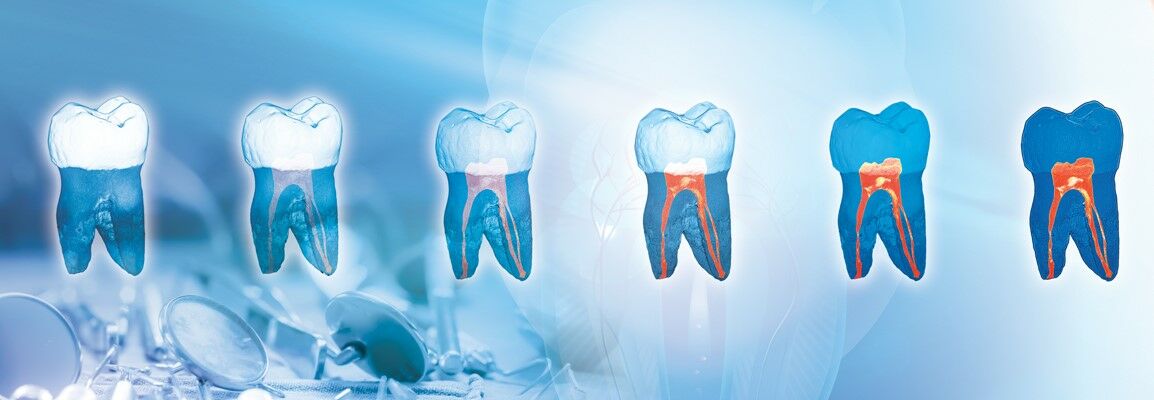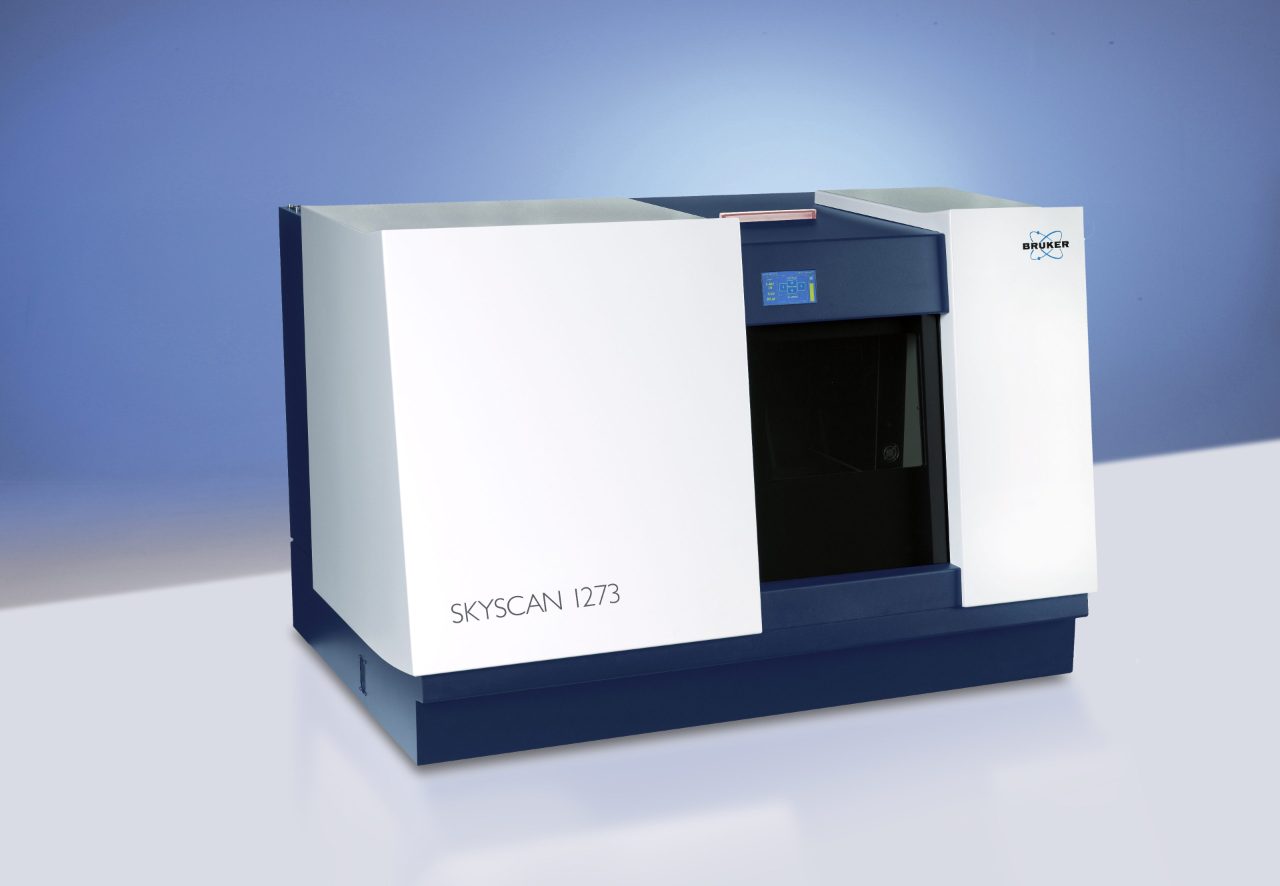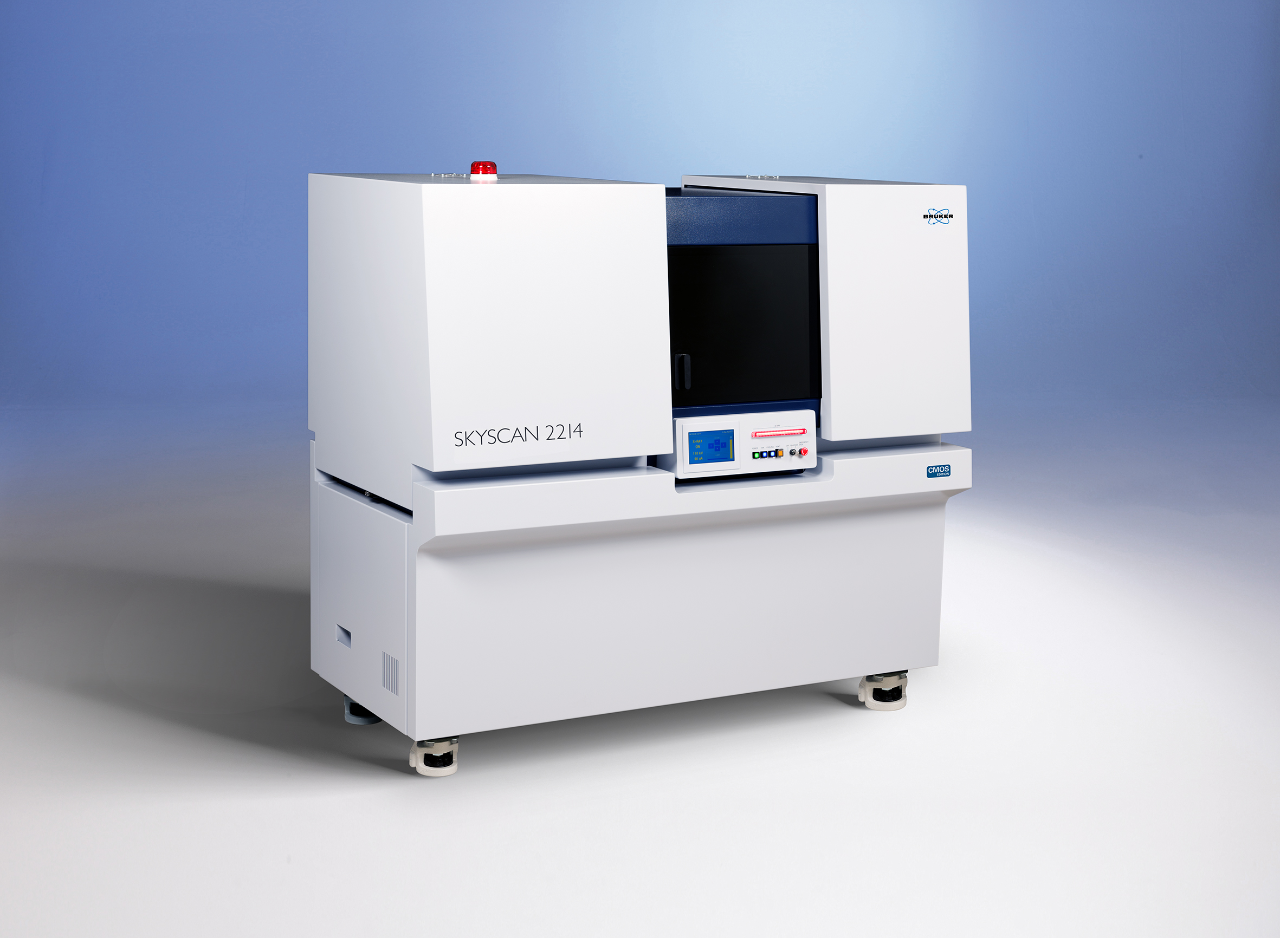

Dental
Although patients are too large in size for preclinical microCT scanners, it still has a big significance in clinical decision making. For example, extracted teeth can be scanned before and after root canal procedures.
Restorative dental procedures continue to represent the majority of a dentist's workload. Decayed teeth must be repaired or removed, and missing teeth replaced and protected against infection. Furthermore, with a steadily aging population the prevalence of periodontal diseases and bone atophy and the demand for fixed dental prostheses are increasing. There is thus a growing need for innovative reconstructive dental solutions.
The effectiveness and safety of new dental procedures and materials must be evaluated in animal models before they are approved for clinical use. Teeth and their attachment in the jaw bone have a complex layered morphology—enamel, dentine, root canal, bone—each of which must be assessed during the investigation of novel dental strategies. Imaging techniques provide a non-invasive means of assessing bone strength and regrowth, enamel quality, infection and other complications, and the performance of reconstructive interventions.
MicroCT is widely used in dental research for a range of morphometric analyses of dental and associated bone tissues. The nature of the surface of dental implants is important in the evaluation of their propensity for ossointegration. 3D optical microscopy allows precise characterization of material surfaces and correlation between the features observed and success rates.
The Bruker Skyscan range of microCT scanners allows high-resolution images and include filters to provide versatile adaption to objects with multiple densities. The Contour 3D optical microscopes provide flexible, high-fidelity surface imaging.

